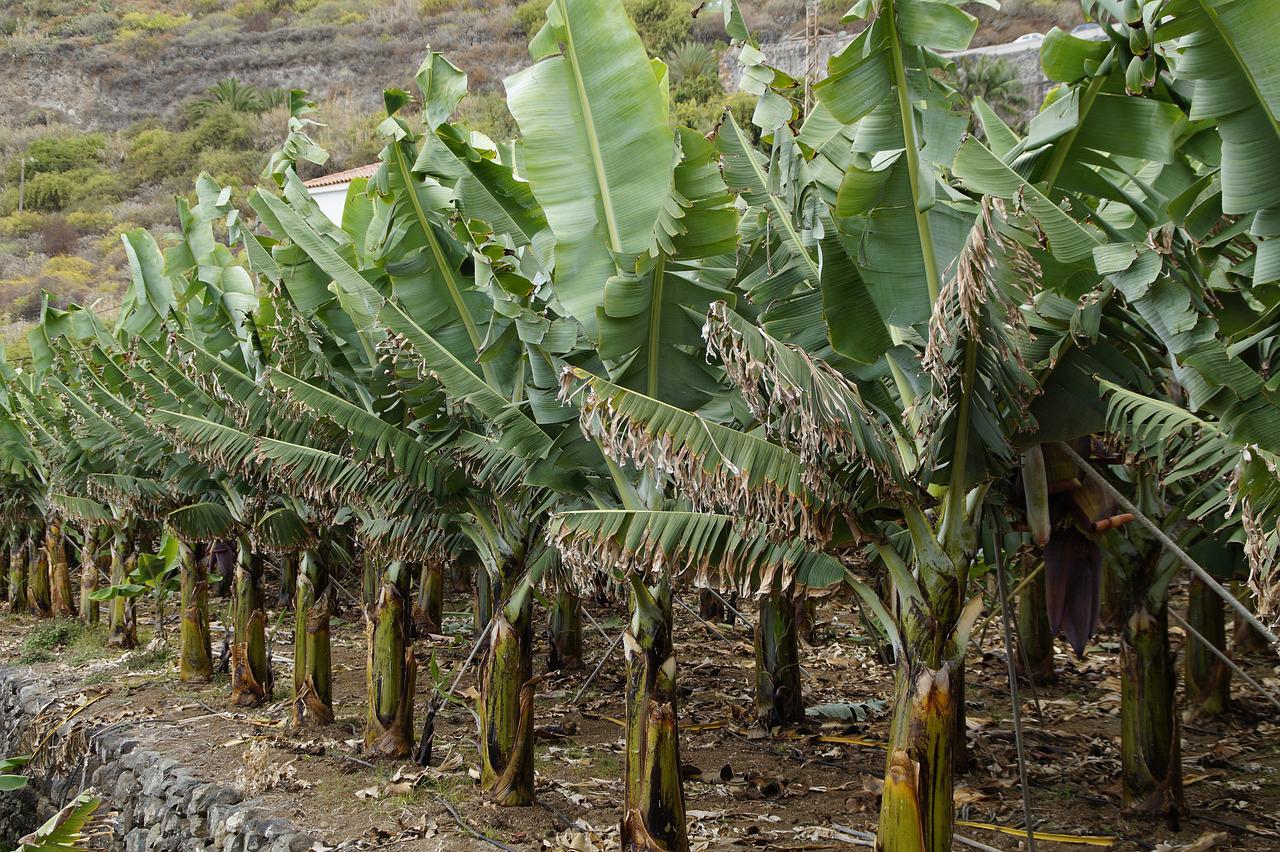Banana Fibre
• It is also known as Manila hemp or Abaca fibre.
• The natural fibre is made from the stem of the banana tree and is incredibly durable.
• Banana fibres can be used to make ropes, mats, woven fabrics as well as handmade papers.
• Naturally water resistant, banana fibre is also very fire-resistant, tear-resistant and recyclable.
• The natural fibre is made from the stem of the banana tree and is incredibly durable.
• Banana fibres can be used to make ropes, mats, woven fabrics as well as handmade papers.
• Naturally water resistant, banana fibre is also very fire-resistant, tear-resistant and recyclable.
The fibre consists of thick-walled cell tissue, bonded together by natural gums.
Banana fibre is similar to natural bamboo fibre, but its spin ability, fineness and tensile strength are said to be better.
Banana fibre can be used to make a number of different textiles with different weights and thicknesses, based on what part of the banana stem the fibre was extracted from. The thicker, sturdier fibres are taken from the banana trees outer sheaths, whereas the inner sheaths result in softer fibres.
Banana fibre can be used to make a number of different textiles with different weights and thicknesses, based on what part of the banana stem the fibre was extracted from. The thicker, sturdier fibres are taken from the banana trees outer sheaths, whereas the inner sheaths result in softer fibres.
- The fibres are used by the paper industry to make tea bags, banknotes and decorative papers.
- It can be used to make handcrafts such as hats, bags, carpets, clothing and furniture.
- Abacá rope is very durable, flexible and resistant to salt water damage, allowing its use in hawsers, ship's lines and fishing net.
- Fabrics made from banana fibres are soft and supple, as well as breathable and a natural sorbent. They tend to have a natural shine to them as well and are often compared to silk.
- Fabrics made from banana fibres are soft and supple, as well as breathable and a natural sorbent. They tend to have a natural shine to them as well and are often compared to silk.
Bananatex® is the world’s first durable, technical fabric made purely from the naturally grown Abacá banana plants. As an open source project Bananatex® offers a truly circular alternative to the synthetic fabrics.
Bananatex® was developed by Swiss bag brand and material innovators QWSTION.
Bananatex® was developed by Swiss bag brand and material innovators QWSTION.
Banana textiles are sustainable as they use minimal water and energy to produce and they also do not require chemicals or fertilizers. They also do not need GMO seeds to grow, ensuring farmer's sustainability.
